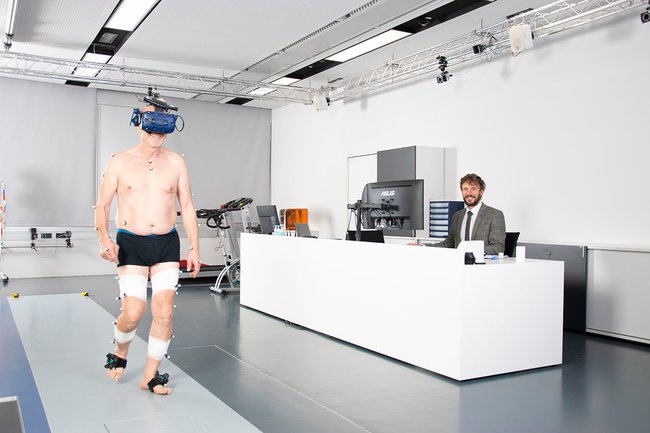New advances in gait analysis
Study on the reliability of AI-supported motion analysis
3D gait analysis plays a crucial role in diagnosing and planning treatment options for patients with orthopedic or neuro-orthopedic conditions, including children with cerebral palsy. However, clinical 3D gait analyses are often limited to specialized clinics due to their high costs and resource-intensive nature. This poses a significant challenge, particularly in countries with limited access to medical care and social services.
Brian Horsak, Director of the Center for Digital Health and Social Innovation (CDHSI), emphasizes: “3D gait analysis is state of the art in hospitals, but it is expensive and only a few clinics currently have it. With our research, we are looking for ways to make gait analysis accessible to all patients.” To address this issue, researchers are exploring smartphone-based 3D gait analysis systems. By leveraging artificial intelligence, low-cost sensor technology, and cloud computing, these systems can be used outside of expensive laboratories, benefiting a larger number of patients.
Reliability of OpenCap
A recent study by Brian Horsak’s team investigated the reliability of a low-cost analysis system called “OpenCap”, developed by Stanford University. OpenCap allows 3D gait and movement analyses using two regular smartphones. These smartphones simultaneously record videos from two viewing angles, which are then analyzed in the cloud with AI assistance.
The study, published in the Journal of Biomechanics, focused on a critical quality criterion in medicine: the reproducibility of analyses. Although state-of-the-art 3D gait analysis systems remain more accurate, the results from OpenCap were promising and approached the reproducibility of conventional 3D gait analysis systems.
This research was conducted in collaboration with the University of Vienna as part of the endowed professorship of the Province of Lower Austria for Applied Biomechanics in Rehabilitation Research.

